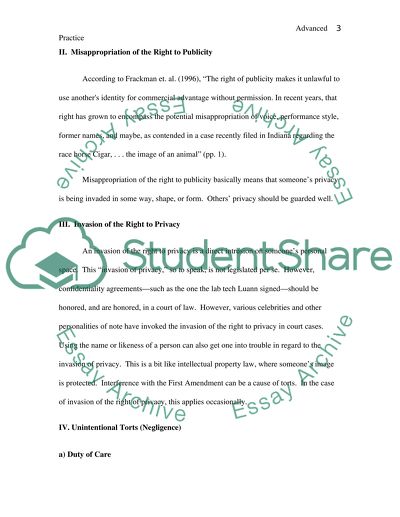Cite this document
(“Advanced Practice Legal Considerations Case Study”, n.d.)
Advanced Practice Legal Considerations Case Study. Retrieved from https://studentshare.org/nursing/1436740-advanced-practice-legal-considerations
Advanced Practice Legal Considerations Case Study. Retrieved from https://studentshare.org/nursing/1436740-advanced-practice-legal-considerations
(Advanced Practice Legal Considerations Case Study)
Advanced Practice Legal Considerations Case Study. https://studentshare.org/nursing/1436740-advanced-practice-legal-considerations.
Advanced Practice Legal Considerations Case Study. https://studentshare.org/nursing/1436740-advanced-practice-legal-considerations.
“Advanced Practice Legal Considerations Case Study”, n.d. https://studentshare.org/nursing/1436740-advanced-practice-legal-considerations.


